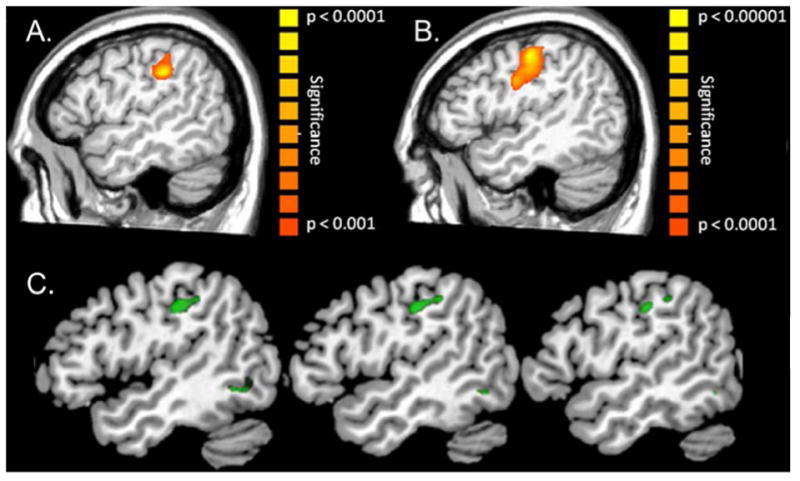Figure 6. Structural-Functional Deficits in HIV-infected Older Adults.

(A) HIV-infected patients had weaker activity in the left postcentral gyrus following tactile stimulation to the right hand compared to (B) demographically-matched uninfected participants (p < 0.01, corrected). (C) The same HIV-infected patients also had reduced gray matter volume relative to uninfected controls in the left postcentral gyrus and several other brain regions (green areas; p < 0.001, corrected). This area of reduced gray matter in the left postcentral gyrus spatially overlapped with the maximal MEG response, suggesting that aberrations in brain structure contribute to at least some functional MEG abnormalities in HIV-infected patients. Of note, this study found abnormal MEG responses in the prefrontal cortices of HIV-infected patients as well, and no structural deficits were observed in this region.86
